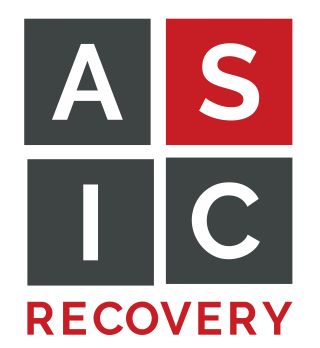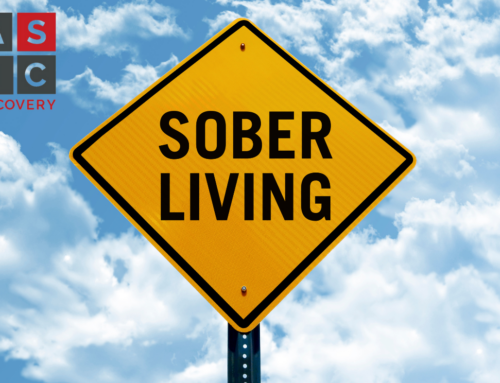Dilaudid, or hydromorphone, is a potent prescription opioid used to manage severe pain. It’s typically prescribed when other pain relief medications fail to deliver results.
It’s extremely potent, highly addictive, and can lead to severe physical and psychological dependence.
Hydromorphone is the active ingredient in Dilaudid and is one of the most potent opioids available. Its intense euphoric effects make it a prime target for misuse. Even when used correctly under medical supervision, it’s still possible to become addicted to this drug.
This is why you usually only see Dilaudid being prescribed to patients with severe diseases, like cancer.
When Dilaudid addiction gets out of hand, many users will start crushing it up before taking it, and they may even inject or snort it. These methods increase the intensity of the drug’s effects and the risk of addiction.
How Dilaudid Addiction Develops
Addiction to Dilaudid can develop quickly, often within a few weeks of regular use. This rapid onset is because hydromorphone is so potent, which can result in a rapid tolerance build-up. You end up taking larger doses to achieve the same effects, which is a surefire way of becoming addicted.
One of the hallmarks of Dilaudid addiction is physical dependence. This means that your body has adapted to the drug — you experience withdrawal symptoms when you stop using it.
This dependence can make it incredibly difficult to quit on your own, leading many people to continue using just to avoid these painful symptoms.
The Dangers of Dilaudid Addiction
Dilaudid addiction is extremely dangerous and can impact every part of your life. From your health and relationships to your career and freedom, nothing is safe if your addiction gets out of hand.
Like any opioid, the main danger of Dilaudid is death from overdose. Because it depresses the central nervous system, it can slow your breathing if you take too much, possibly leading to hypoxia, a condition where not enough oxygen reaches the brain, or worse, death.
And if you survive, it can still cause short-term and long-term psychological and neurological effects, including coma and permanent brain damage.
Beyond the physical health risks, Dilaudid addiction can destroy your personal and professional life. It can strain and destroy relationships with loved ones, lead to job loss, and cause significant financial issues.
The compulsive need to seek and use the drug can take over your life, leaving no room for anything else.
Signs and Symptoms of Dilaudid Addiction
If you think that you or your loved one might be addicted to Dilaudid, there are some signs and symptoms to watch out for.
Physical symptoms of Dilaudid addiction can include:
- Constricted pupils
- Drowsiness
- Slurred speech
- Confusion
- Irritability
- Itching and scratching
- Runny nose
- Changes in appetite
- Disrupted sleep patterns
- Lack of personal hygiene
- Track marks (if injecting)
- Frequent flu-like symptoms, indicating withdrawal
Behavioral symptoms, on the other hand, can include:
- Social withdrawal
- Loss of interest in activities you used to enjoy
- Unexplained financial problems
- Legal problems
- Job loss
- Constant preoccupation with obtaining and using hydromorphone or other opioids
- Continued use despite the negative consequences
Unfortunately, most people with an addiction problem won’t seek help until their symptoms get bad enough that they have no other option than to get sober.
Strategies for Preventing Dilaudid Addiction
Preventing Dilaudid addiction begins with education. Knowing the risks associated with Dilaudid use can make you more cautious about how you use the drug. Always follow your doctor’s instructions, and never take more than your prescribed dose.
Another key strategy is to be aware of the signs of addiction. Early detection can lead to early intervention, which can significantly improve your chances of recovering successfully. If you notice any of the signs of addiction above in yourself or a loved one, seek help immediately.
Finally, manage your pain effectively. If you’re prescribed Dilaudid for pain, work closely with your healthcare provider to manage your pain and minimize the risk of addiction. This might involve using alternative pain management strategies, such as physical therapy or non-opioid medications.
Treatment Options for Hydromorphone Addiction
If you or a loved one is struggling with Dilaudid addiction, help is available. Treatment options for Dilaudid addiction typically involve a combination of medication and counseling.
Medications, such as methadone, buprenorphine, and naltrexone, can help manage withdrawal symptoms and cravings while you work toward complete sobriety.
Many people begin taking these medications while they’re in rehab and then slowly reduce their dosage until they’re completely drug-free, usually in a few weeks or a few months.
Behavioral therapies can help you learn healthier coping skills, improve your relationships, and increase your motivation to change. For most people with an addiction problem, therapy is something that starts in rehab and continues during an intensive outpatient program (IOP) or while they’re in sober living.
Treatment should be personalized to your specific needs. What works for one person might not work for another, so it’s essential to work with a healthcare provider to develop a treatment plan that’s right for you.
Recovery Is a Journey
Recovery from Dilaudid addiction is a journey, not a destination. It’s a lifelong process that requires ongoing commitment and effort.
The first step is to detox from opioids. This is the process of eliminating the drug from your body, which can cause uncomfortable and potentially dangerous withdrawal symptoms, especially if you’re not in good health or have other diseases that you’re trying to manage (like diabetes or cancer).
It’s crucial to detox under medical supervision to ensure your safety and comfort.
After detox, the real work of recovery begins. You’ll need to learn new coping skills, rebuild damaged relationships, and create a new, drug-free life. For most people, this means going to rehab, IOP, sober living, or a combination of the three.
Many people do all three, starting with rehab and then stepping down to a sober living facility where they go to IOP simultaneously. Most people do counseling once they’ve left rehab, even if they don’t choose to sign up for IOP or live in a sober house.
It’s also very common for people to start working a program of sobriety — usually either the 12 Steps, SMART Recovery, or Celebrate Recovery.
It’s a challenging journey, but with the right support, it’s entirely possible to recover and live a happy, healthy life moving forward.
Moving Forward from Dilaudid Addiction
Dilaudid addiction is a serious, life-threatening condition, but with the right treatment and support, recovery is entirely possible. The journey may be difficult, but the result — a life free from the chains of addiction — is worth every step.
If you or a loved one is struggling with Dilaudid addiction in Texas, we can help.
At ASIC Recovery, our Intensive Outpatient Program (IOP) is dedicated to helping you develop healthier coping skills and build a supportive recovery network so that you can achieve long-term sobriety.



